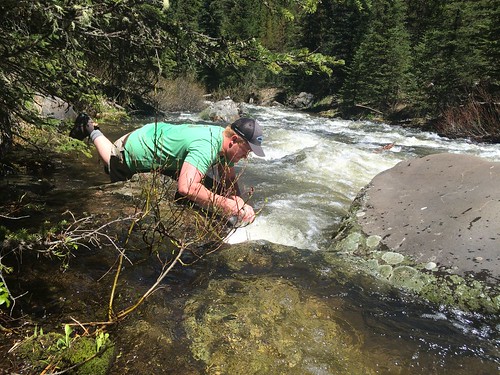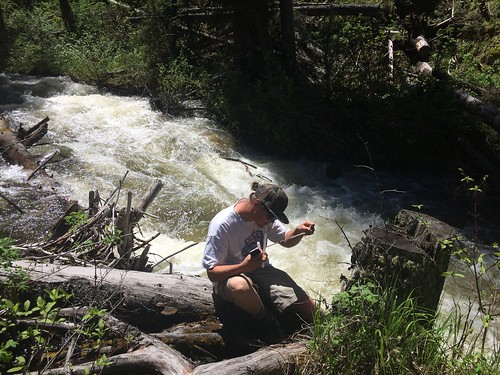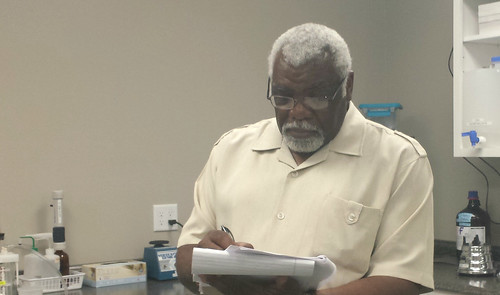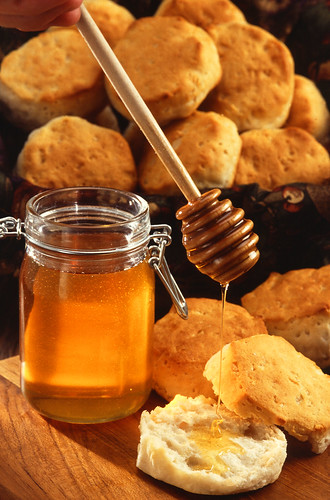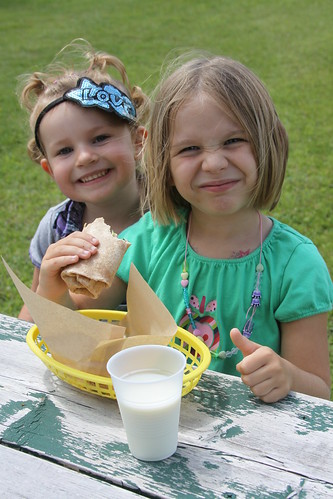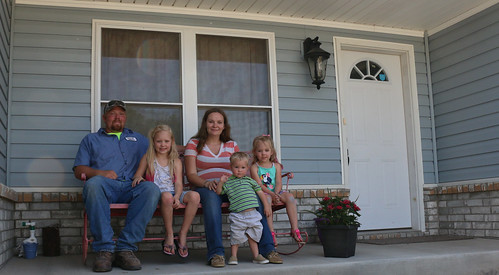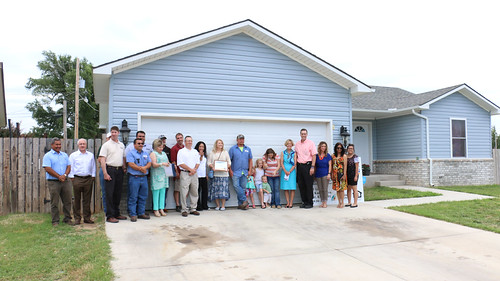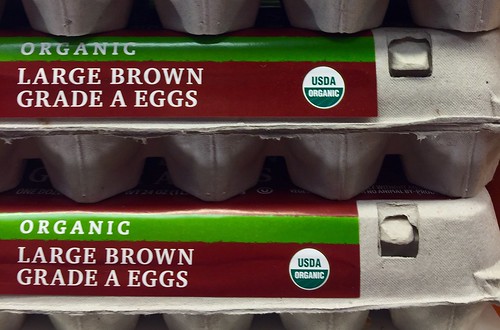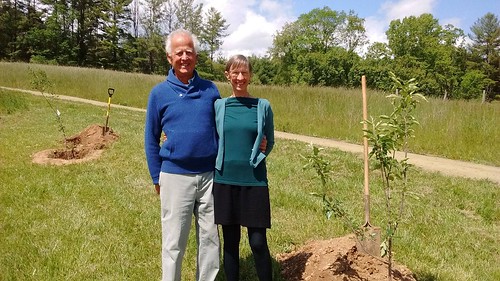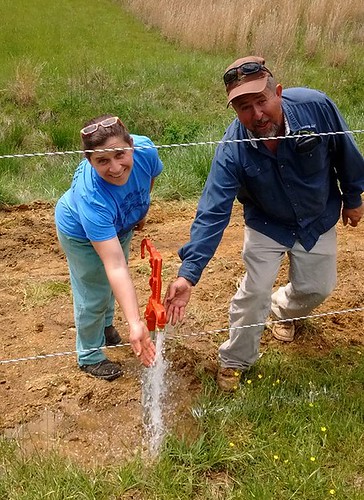We all have a different connection to nature. For those who have a love of outdoor adventure and spend much of their time in nature, that connection is imperative to who they are. This is the case for Chris Korbulic. Korbulic is an expedition white-water kayaker and professional photographer. He’s kayaked in some of the most remote corners of the world, including Patagonia, Africa and the Arctic. In the following interview, learn more about Korbulic’s connection to nature and the environment in which he thrives.
Q: How young were you when you first knew you wanted to push your limits outside?
A: It’s natural for kids to unconsciously push their limits, but it’s especially possible and rewarding outside. Maybe the greatest thing about spending a lot of time growing up outside was that pushing my limits was just my natural operating mentality. It’s not something I became aware of until I really learned about risk and danger, but that just made me appreciate my ability to push it outside more and try to refine those childish risk-taking tendencies into more sustainable actions.
Q: Was there a mentor or influence in your life that drew you to kayaking? If so, tell us about that person or people:
A: It has become pretty clear to me over the years how I’ve come to this lifestyle and career; my dad was a kayaker and my mom was a photojournalist. They loved being outside together, on the river and with other like-minded friends so their effect seems pretty direct on what I’ve come to appreciate and love to do. There are a lot of other inspiring people in the outdoor community who continue to draw me back to rivers and keep my perspective evolving.

Korbulic on a road family road trip, growing up in a river and outdoor-based activity family. Photo courtesy of Chris Korbulic.
Q: What is the connection for you, if any, between your adventure life and your view of the natural world?
A: For me, they are inextricably linked. Experiencing the natural world on its terms means being faced with the direct consequences of its raw power, which necessitates a deep reverence for it. That grows with every experience outside, and every challenge or failure inspires me to try more.
Q: As a photographer and blogger/adventurer, what impact do you hope your work will have on others?
A: The accumulated experiences I’ve had in the wilderness have taught me a lot, including the importance of being able to access it. I hope that sharing these experiences will encourage others to get out and have their own experiences, which will hopefully produce in them a desire to protect those wild places, too!
Q: What do you think is the most effective way to get people to care about preserving our natural world?
A: There is no substitute for first-hand experience. The more people who get outside into these natural wonders, the more people will want to preserve them.








